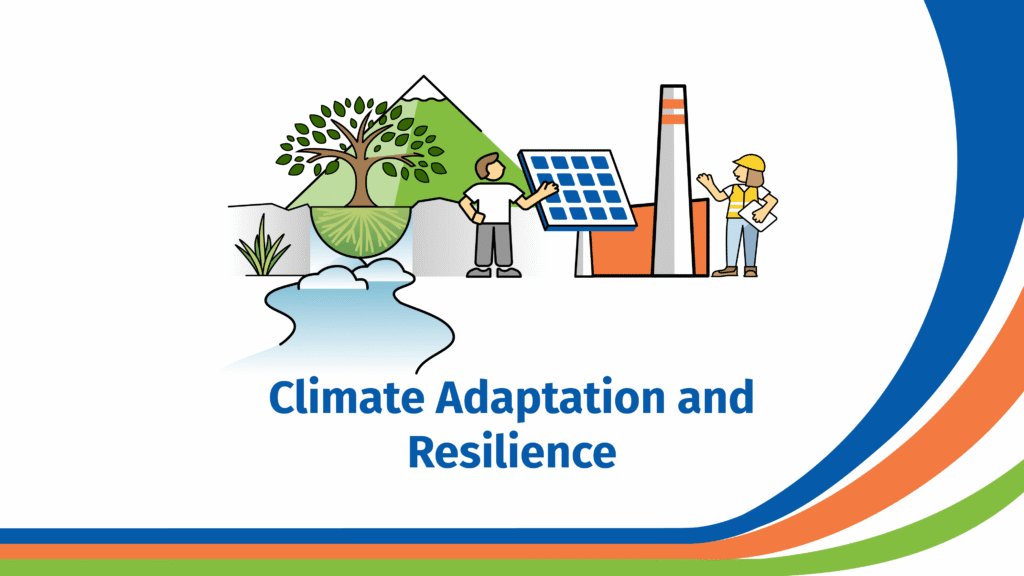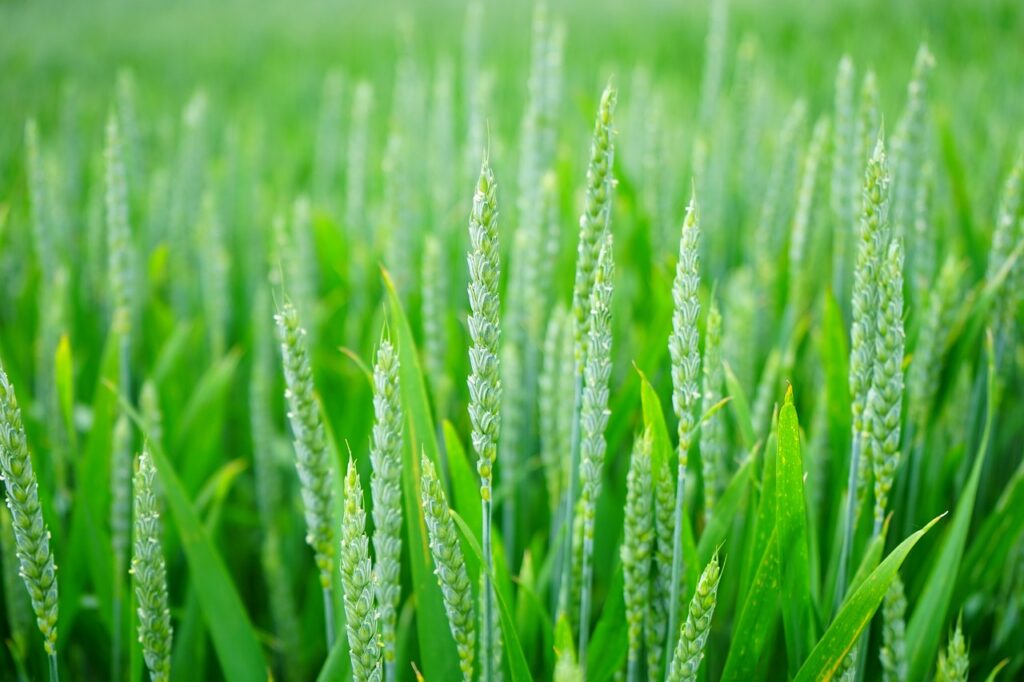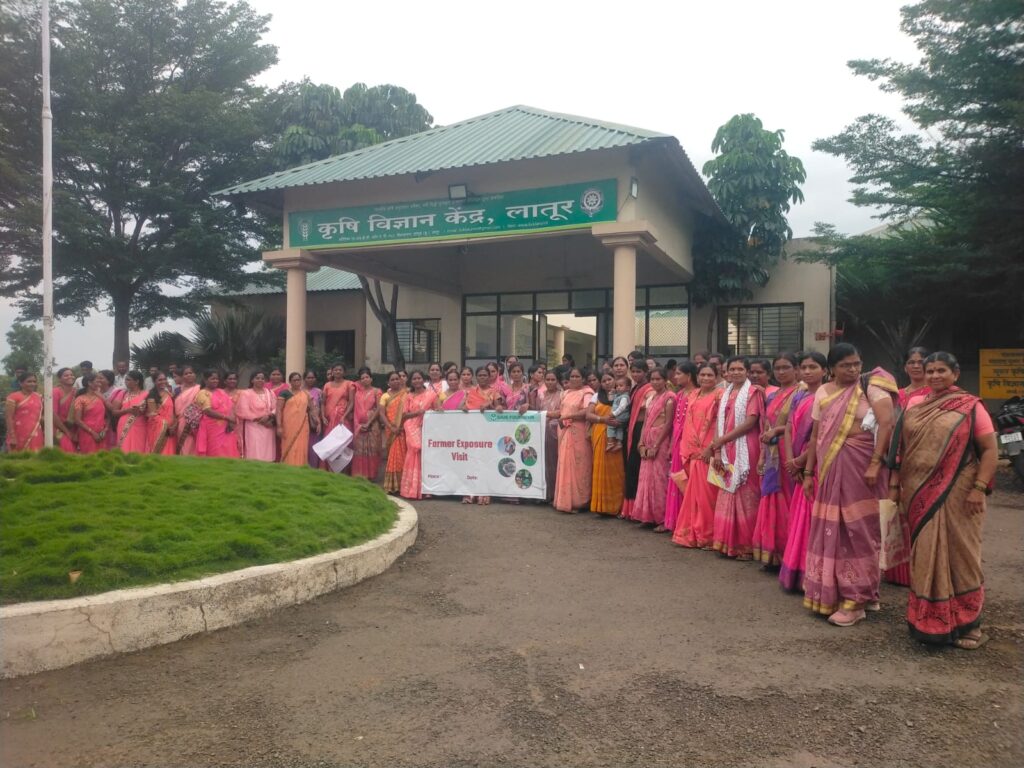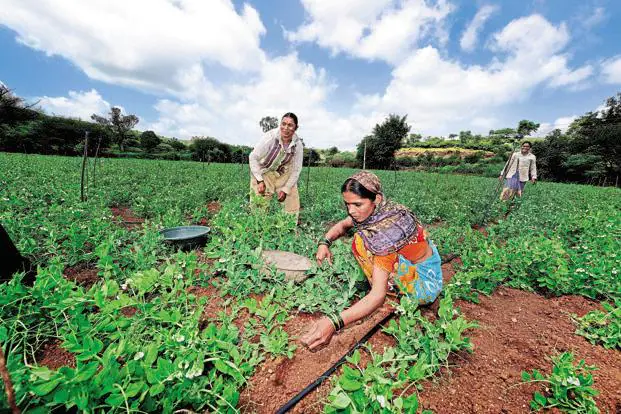Climate Resilient
The Challenge
In dryland belt, cotton dominates the fields—but this dependence, paired with degraded soils, erratic rainfall, and chemical farming, traps small farmers in debt and uncertainty.
Our 1-Hectare Solution
SEVA Foundation introduces a regenerative, integrated farming model tailored for small and marginal farmers. By blending agroforestry, circular agriculture, and carbon farming, we enable long-term income, soil revival, and climate resilience.



Our Agricultural Work Model
1. Agroforestry-Based Crop Diversification
• Short-Term (6–12 months): Marigold, Moringa, Papaya
• Medium-Term (3 years): Mango, Custard Apple
• Long-Term (10 years): Teak (Sagwan) for timber income
2. Circular Use of Crop Residue
• Cotton stalks are converted to Biochar → improves soil health and enables carbon income
• Controls pests like pink bollworm and reduces farm emissions
3. Smart Water Use
• Promotes drip irrigation
• Encourages mulching and dryland-compatible cropping techniques
4. Soil Health Revival
• Soil testing and tailor-made fertilization plans
• Natural pest control → lower costs, higher yields
Income Streams Per Hectare
Crop/Activity Timeline Expected Income
Marigold 1st Year ₹7,000
Moringa 1st Year ₹13,500/year
Mango From Year 3 ₹13,600/year
Teak (Sagwan) After 10 Years ₹5,00,000 (lump sum)
Biochar + Carbon Annual ₹8,000–₹10,000
Why It Works
• Climate Resilient: Works in low-water, low-input zones
• Financially Inclusive: Minimal investment, maximum returns
• Farmer-Centric: Built on farmer groups, ownership, and market linkages
• Scalable: A replicable model for dryland regions across Maharashtra

